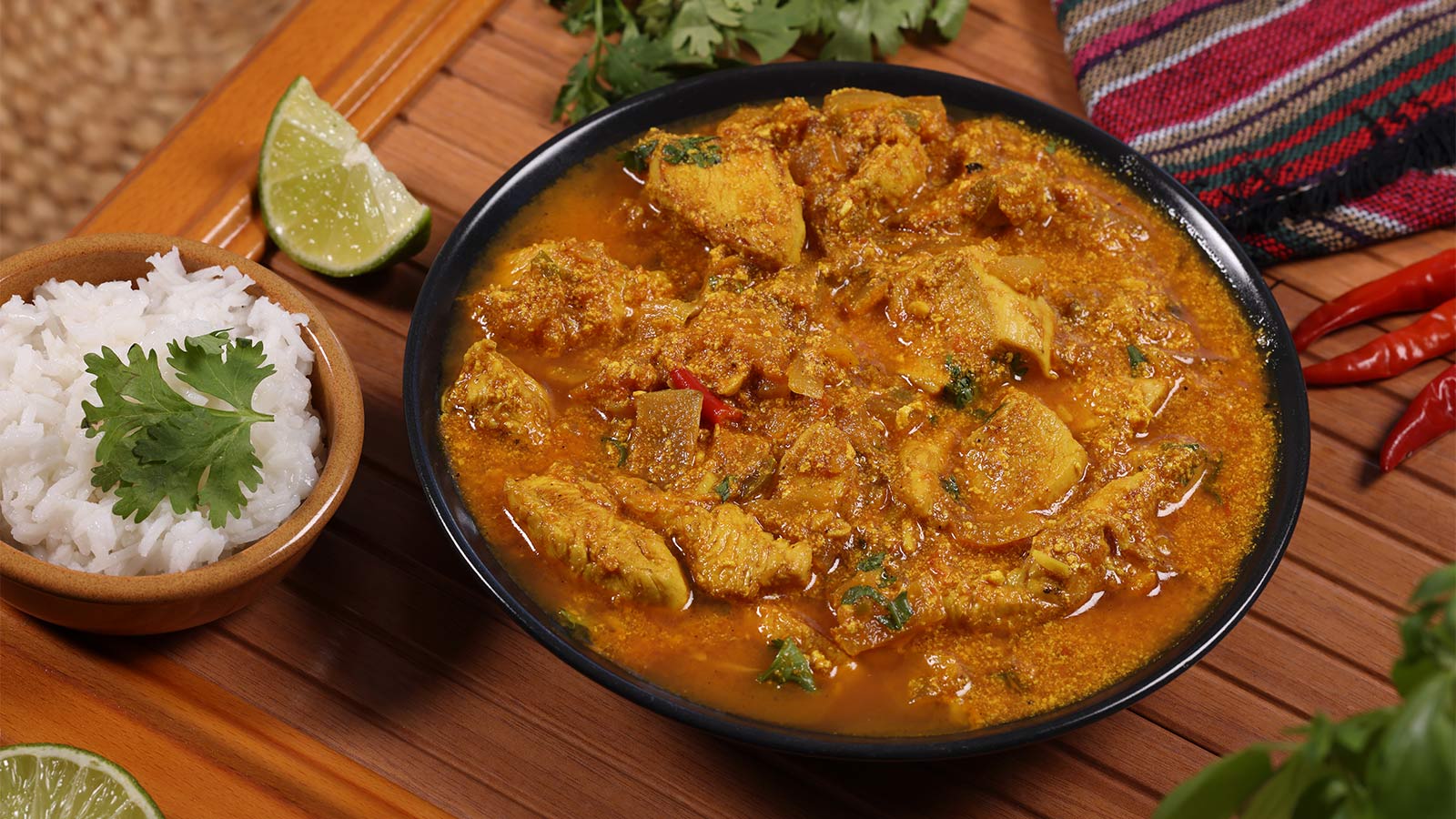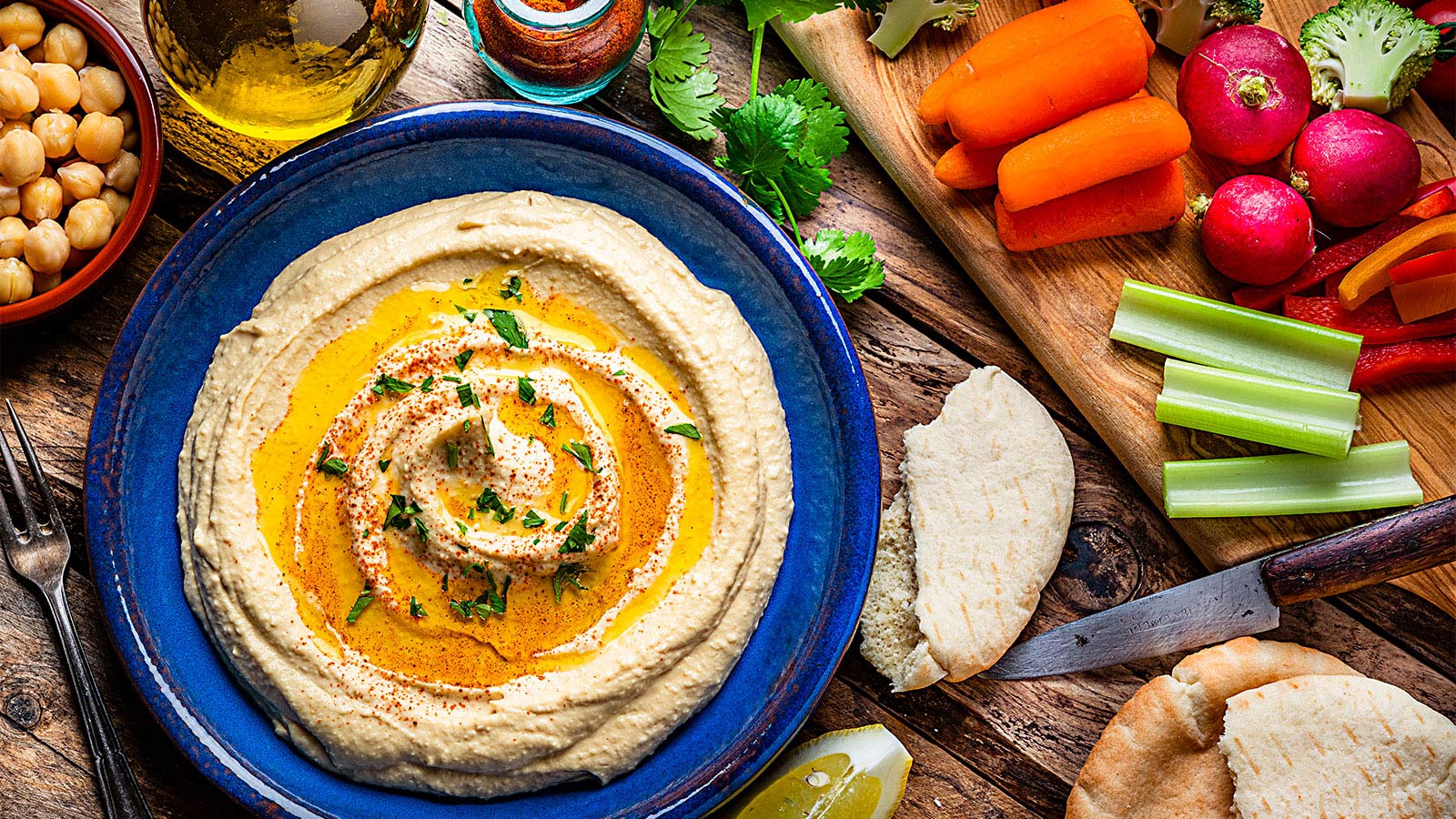The Top 10 Foods For A Healthy Diabetes Diet
A healthy diabetes diet contains a variety of foods that help regulate blood sugar, boost metabolism, and curb hunger. Build your eating plan with these nutritious foods.

By Tracie Murphy, MS, RD, Registered Dietitian, Virtua Nutrition and Diabetes Care
What foods should I eat if I have diabetes?
Adults with type 2 diabetes need to stabilize their blood sugar levels, which involves following a nutritious eating plan with healthy portion sizes.
If you have type 2 diabetes, your eating plan should include:
- Foods in each meal that support a healthy weight and heart, such as lean protein, non-starchy vegetables, and high-fiber carbohydrates
- Meals and snacks at regularly planned times
- About the same amount of food at each meal or snack
What are the healthiest foods for a person with type 2 diabetes?
To support your health, include foods rich in fiber, potassium, magnesium, vitamin C, and calcium. These nutrients help regulate blood sugar, blood pressure, and cholesterol. Here are some excellent food options:
Beans
Beans are high in quality carbohydrates, low-fat protein, and soluble fiber. They’re also good sources of magnesium and potassium, helping stabilize blood sugar levels and control hunger.
Dark green leafy vegetables
Leafy greens like lettuce, spinach, kale, Swiss chard, and arugula are packed with vitamins and minerals, especially vitamins C and K, calcium, iron, and potassium. They also provide fiber and antioxidants.
Sweet potatoes
Sweet potatoes are rich in vitamin A, vitamin C, and fiber. The pigments that give them their orange hue have powerful anti-inflammatory health benefits. For a lower-glycemic choice, substitute sweet potatoes for white potatoes in recipes.
Berries
Strawberries, blackberries, blueberries, and raspberries are loaded with nutrients that protect your cells from damage. Berries are low in calories but high in fiber and water, helping you feel full and manage your weight.
Fatty fish
Cold-water fatty fish such as salmon, tuna, trout, sardines, and mackerel are rich in omega-3 fatty acids like EPA and DHA. Eating foods with omega-3 fatty acids can help reduce inflammation and may lower your risk of heart disease. Aim to eat these types of fish at least twice a week to improve triglyceride levels.
Oatmeal
Oats are a highly nutritious food, rich in essential vitamins, minerals, and antioxidants. Eating oats can lower “bad” (LDL) cholesterol levels, promote a feeling of fullness, and support healthy gut bacteria. The soluble fiber in oats slows glucose absorption, aiding in blood sugar control.
Nuts
Nuts provide healthy unsaturated fats, fiber, and magnesium, which can aid carbohydrate metabolism. When deciding what to choose, go with plain or unsalted nuts to maintain good heart health. Be mindful of portion sizes—one ounce (1/4 cup) contains about 170 calories.
Yogurt
Yogurt is rich in nutrients like calcium, protein, potassium, magnesium, and vitamin D. Protein helps you feel full, and magnesium may improve insulin sensitivity, aiding in blood sugar regulation. Choose plain or vanilla Greek yogurt and add fresh fruit.
Avocado
Avocados are primarily composed of monounsaturated fatty acids (MUFAs), which can increase "good" (HDL) cholesterol while lowering "bad" (LDL) cholesterol and triglycerides. They may also help you feel full longer, helping you manage your overall calorie intake.
Quinoa
Quinoa is a nutrient-rich seed often classified as an ancient grain. It cooks quickly and can be used as a side dish like rice. Quinoa is a complete protein, providing all essential amino acids. It’s gluten-free and is a good source of magnesium, iron, fiber, and B vitamins. Enjoy quinoa either hot or cold, mixed with your favorite vegetables, or even as an alternative to oatmeal for breakfast.
Get help managing diabetes
- Our certified diabetes care and education specialists are critical in helping people manage diabetes through diet and education. Schedule an in-office or telehealth appointment today.
There's So Much More to Explore
Discover expert insights, inspiring stories, health tips, and more by exploring the content below!
Is an At-Home Colon Cancer Test a Good Alternative to a Colonoscopy?

How Do You Manage the Side Effects of Weight-Loss Medications?
A Woman’s Four-Step Guide to Fight Back on Back Pain

What You Need To Know About Carpal Tunnel Syndrome

The Truth About Menopause, Weight Gain, and Belly Fat

Shedding Light on Lesser-Known Menopause Symptoms and Solutions

Debunking The Myths About Vaginal Dryness
Inside Look at Blood Vessels Aids PAD Treatment
Denise Davis: Pay Attention to Your Heart Health

What You Need To Know About Stroke Treatment

Best Foods for Kidney Health

10 Smart Ways to Manage Your Diabetes

What Causes Food Addiction And What Are The Signs

Signs You May Have Chronic Kidney Disease

5 Essential Winter Foot Care Tips When You Have Diabetes

Sweet Music: Trust, Teamwork Save Justin from Heart Attack

Complex Heart Surgery Nets James a Lifelong Friend

Hepatitis C Kidney Transplant a Blessing For Lee Manns

7 Reasons Why You Want Your Surgeon to Be an Expert in Robotics

Colitis Symptoms Under Control, Jennifer Is ‘Living My Best Life’

How Do I Care for a Wound that Won't Heal?

Five Back Pain Risk Factors That You Should Know

Is My Back Pain Normal, or Is It Spinal Stenosis?

Gut-Healthy Recipe: Turmeric Chicken With Asparagus

Gut Health Recipe: Chipotle Salmon and Sweet Potato Bowl

Robotic Hernia Surgery Combines Innovative Techniques With Faster Recovery Times

5 Back Stretches for the Work-From-Home Workweek

How Does Breast Density Affect Your Mammogram?

Menopause: New Insights Into the Power of Hormone Replacement Therapy
Signs You Should Get Treated For Vein Problems

One New Heart Valve Saves Two Lives in the Tritten Family
What You Need to Know About Heart Failure
Lung Valve Surgery Relieves COPD, Emphysema Symptoms

4 Easy Ways to Treat and Prevent Runner's Knee

Lung Screening, Robotic Technologies Get Pat Kicking Up Her Boots Again

Breast Cancer Diagnosis Inspires Catherine to Help Others

Jasmine’s On-Air and Pain-Free After Gallbladder Surgery

What is the 80/20 Diet Rule?

When Should I See a Doctor About My Knee Pain?

Quick Action Leads to Jesse's Recovery From Stroke

A Non-Athlete’s Guide to Shoulder Overuse Injuries
Shoulder problems aren’t limited to athletes. Virtua orthopedic surgeon Sean McMillan, DO, explains shoulder overuse injuries and prevention in this article.

A Non-Athlete’s Guide to Shoulder Overuse Injuries

Wide-Awake Hand Surgery Speeds Recovery, Puts Control in Patients' Hands

South Jersey Veteran Thrives After Cross-Country Kidney Donation
Working from Home? Take a Quick Break to Stretch Your Wrists

3 Ways to Avoid Knee Pain

When Should I See a Doctor for My Hip Pain?

When Should I See a Doctor About My Shoulder Pain?

Is My Back Pain Normal, or Is It Sciatica?

Is My Back Pain Normal, or Is It a Herniated Disk?

When Is It Back Pain, and When Is It Something More?

Watchman Heart Device: a Technological Breakthrough for Blood Clot Prevention

Albert's Emergency Cardiac Surgery Is a 'Story of a Lifetime'

What Can I Do Right Now About My Aching Back?

How Do I Get Rid of This Back Pain for Good?

Can Your Gut Health Affect Your Heart?

When Should I Be Worried About My Neck Pain?
Advanced Heart Failure Therapies Get Bernadine Back to Full Speed

Sarah Wins Back Her Health After Crohn's Disease Diagnosis

Overcoming Addiction, Philip Now Sees More Positive Side to Life

Gut-Health Recipe: Shrimp and Vegetable Stir Fry

Gut-Health Recipe: Berry Yogurt Parfait

Gut-Health Recipe: Avocado and Black Bean Salad

Air Fryer Salmon with Roasted Asparagus

Healthy Gameday Snacks: Buffalo Chicken Dip

Healthy Gameday Snacks: Sheet Pan Nachos

Healthy Gameday Snacks: Healthier Homemade Pizza

Healthy Gameday Snacks: Healthier Guacamole

Healthy Gameday Snacks: Air Fryer Buffalo Wings

5 Delicious and Healthy Gameday Snacks
Firefighter's Successful Lung Cancer Care at Virtua
A Lung Screening Put Teresa Back in the Race

A Breast Self-Exam Saved Kristen's Life

Early Treatment is Best to Relieve Hemorrhoid Symptoms

The Top 10 Foods For A Healthy Diabetes Diet

Keeping the Beat: Advanced Heart Surgery for Aortic Aneurysm

Heart-Healthy Summer Recipe: Hummus and Veggies

4 Delicious Heart-Healthy Recipes Perfect for Summer

Heart Healthy Summer Recipe: Dessert Parfait

Heart-Healthy Summer Recipe: Pear and Walnut Salad

Heart-Healthy Summer Recipe: Terrific Turkey Burgers

Are You At Risk For Chronic Kidney Disease

Local Pastor Makes Kidney Health Mission of Ministry
What’s the Difference Between Type 1 and Type 2 Diabetes?

All for Bear: Dan Loses Weight to Be His Son’s Kidney Donor

Augmented-Reality Surgery Has Bobby Back on Stage, Rocking His New Hip

Forget Dieting: Find Your Eating Pattern

Hyperbaric Wound Therapy Puts Joette Back in Motion

Robotic Hernia Repair Renews David's Active Lifestyle

